SEARCH






|
|
|
|


by Yvette Depaepe
Published the 4th of 2022
Ludmila Shumilova's work is delicate, exquisite, original and artsy. She quotes: “The world around us is a complex story of mystery and layered realities floating in an ocean of light. Light is everywhere. The eye is a camera obscura making it possible for us to know the world through the presence of light. But there is also a light coming from within: the light of imagination which makes us see what is beyond the visible. Through digital photography I want to offer the viewer a glimpse into that space where visible reality meets the realm of imagination.” Read more about this most interesting lady artist in the interview below.
'The flower wreath'
Dear Ludmila, can you briefly tell us about yourself, your hobbies and other jobs and how your history and life experiences have affected your photography?
My life as an artist has begun late. Following a major upheaval in my life, I switched from action to contemplation in a couple of years. I decided to take an early retirement so to speak, leave everything behind. I downsized. I simplified my life style. I moved from London to the sedate and fresh Breton countryside, in the region of Finistère, to a small village surrounded by forests. Finistère’s etymology translates as “the end of the world” and it seemed appropriate and symbolic for my new destination. Change wrapped around me like a new coat: living in close proximity to nature, exploring the woods, the moors, the ocean coast, discovering new plants, insects, with the childish enchantment of the typical city dweller. I had time to reflect and reconnect with long abandoned dreams of being an artist. I started new projects: photography, drawing, painting.
I’ve lived a secluded life with little social interaction. I spend my days in solitude. I read, study, paint, draw, photograph, edit images. I do book cover designs for various publishers and sell images for book covers through Arcangel Images. So I don’t really have a “day job”, just a few projects to keep me afloat. I think this is another kind of luxury: not the luxury of owning expensive material assets but your own life and time.
'Spring poem'
'Dreaming of romance and white roses'
What first attracted you to photography?
I think it was fashion and interior design photography as seen in specialised glossy magazines. I was born in communist Romania from mixed heritage parents. From an early age I spoke a few languages and received an extensive education in arts. Our home was full of art albums, books about art history. In those days art was almost an escape from the constraints of a prison-like world. Art meant freedom. My father was a talented amateur photographer. It was difficult to have access to Western magazines but the French and American embassies in Bucharest had their own libraries open to the public. It was risky to go there because you were watched by the secret police. Nevertheless I used to spend hours browsing modern art and photography books, fashion, interior design and photography magazines. And I could dream of being able, one day, to take photos like those on the glossy pages.
'Blue hyacinth'
'In the garden of pale blossoms'
Describe your overall photographic vision.
The world around us is a complex story of mystery and layered realities floating in an ocean of light. Light is everywhere. The eye is a camera obscura making it possible for us to know the world through the presence of light. But there is also a light coming from within: the light of imagination which makes us see what is beyond the visible. Through digital photography I want to offer the viewer a glimpse into that space where visible reality meets the realm of imagination. Once we let go of the struggle for social affirmation, competitive pursuits and seeking validation for everything we do, we are bound to discover the power of imagination; we can delve into the magic of the world. I am very much drawn to an abstract, synthetic artistic vision that unifies yet reflects the complexity of our existence. I am searching for a visual language that can express essential things with ease and simplicity. I also dream of pushing the boundaries of digital photography into the territories of other visual media: digital painting, printing, collage. I am not quite there yet or I may even be on the wrong path, time will tell. But I shall go on.
'Into the light'
'Woman with hydrangeas'
You have your very own style but your work is very diversified. I see portraits and florals, I see both combined, I see still life photography. Can you explain why this is?
Flowers, plants contain the whole mystery of life cycles, of beauty and decay, light and darkness. They speak to us about interconnectedness and separation, boundaries and infinite spaces, birth and return to silence. My “florals” are musings about the persistence of beauty in ageing and decay, about the traces of the everlasting in the ephemeral. The feminine and the realm of flowers have always been related in the visual arts. The portraits I create are at the same time floral compositions, suffused in a sea of light that comes from every angle and from the subject herself. They are about a young woman who watches the world and her quest for an integrating principle of the spiritual into the mundane. She represents the idealism of youth. The model in these photos is my daughter.
My still life gallery is not yet representative of my work. It doesn’t have the coherence of my flower compositions and portraits. I have a long way to go.
'In the garden of ice flowers'
'Wilted winter bouquet'
What is more important to you, the mood/story behind your images or the technical perfection?
They both are equally important. For me art is about getting as close to perfection as possible. I am self-taught in photography. When I started I studied with such relentlessness, sometimes working twelve hours a day, learning how to use my camera to the best results, how to edit and transform images, browsing the work of others on the internet, zooming in to details of their photos, hoping, despairing, being always critical of my own work and striving for more. How can you express an idea, create mood, tell a visual story without technical mastery? It would be like someone who wants to write a novel but doesn’t know grammar, style, composition or has read just a few books. So technical perfection is paramount but so is photographic culture and art culture in general; as important is seeing the work of good photographers - whether famous or not - and understanding what makes a good image.
This is where online photographers’ communities become important as places where one shares one’s work to be seen and appreciated by one’s peers. Discovering 1X was an important step for me. I couldn’t believe how amazing photography can be, what great talent is showcased. It was a significant encouragement to have some of my work published too.
'Reflections in rain's vanishing mirror'
'Gladioli'
What generally is your relationship to your subject matter beyond being an observer?
There are different degrees of observation and every photographer is defined by the way they relate to the subject. This is obvious from the final image. There is no such thing as objective observation, I think. We all become involved in the object or scene we focus on.
In my case I weave myself - my ideas, dreams - around the subject and absorb it into my inner world. I become engulfed in my subject and, at the same time, I take the subject into my world - it is a form of identification.
Do you prepare carefully the locations where you are intending to photograph?
No, I cannot say I am a careful planner. I let myself spurred on by intuition, by the need to express a certain idea, tell a story I have in mind. I like to improvise when taking photos, let myself be surprised by unexpected elements or events.
'Lost in the old town'
What gear do you use (camera, lenses, bag)?
My photo gear is modest. I use a Nikon D-7200 camera and an assortment of lenses: Nikkor AF-S 50 mm f/1,8G, Nikon AF-S DX 35 mm f/1,8G, Sigma17-70 mm F2,8-4 DC Macro OS HSM, Sigma10-20 mm F3,5 EX DC HSM.
However I use a high performance iMac, an iPad Pro, the latest Wacom tablet to view and edit. It is important to see your photos as they will look when printed so the iMac’s screen does it for me. I also have a Canon Pixma Pro printer and always print my most relevant images on high quality paper - I advise all photographers to do that. I call it “the moment of truth” because your work appears in its final form - colours, clarity, flaws and you can still go back and improve it if needed.
'Windswept'
What software do you use to process your images?
I only shoot RAW so I use Lightroom for developing. Most of the time minor adjustments in Lightroom are enough. I also use Photoshop for advanced editing, collage, compositions. I have my own collection of brushes, also several collections of overlays that I made in time. For conceptual photography I also use Procreate on iPad to add graphic elements and textures.
Can you tell us something more about your work flow?
I shoot in manual mode. I transfer the raw files from the memory card into the computer and edit them in Lightroom. Then I select those images that serve my purpose, for example a floral composition. I open them in Photoshop and go from there. I can work for hours without feeling time go by. Many times I work on something and the result is not what I expected. Other times I get it right so I open the image in full screen and scan every little part of it, checking for flaws. Then I print it on A3 paper and examine it with a magnifying glass and from a distance.
'Winter blues'
What is your most important advice to a beginner in nature or landscape photography and how do you get started?
I am not very much into landscape photography. It requires too much being on the move for an old lady - going places and searching for the right spot at the right hour. I am more into what is closer to me and this is as rich a fountain of themes and subjects in nature photography. You just have to look around and, of course, this is exactly one of the most important changes photography operates to your mind: you begin to really see. There is so much beauty all around us. A pile of fallen magnolias on the ground, a piece of tree moss - they may be as inspiring as a majestic landscape. Just find the right angle for your composition, think of what you want to say, what idea or emotion you would like to express. Try different angles, lenses, views, and distances until the shot draws you in. Try different angles, lenses, views, and distances until the shot draws you in. And view as much photography work as possible, learn from it – 1x is the best place where one can browse great shots, read amazing articles which are richly illustrated.
'Woman with white flowers'
Who are your favourite photographers and more importantly, how has your appreciation of their work affected how you approach your own photography?
It is perhaps obvious: Imogen Cunningham’s flowers and portraits, her mastery of focus; Mapplethorpe’s lilies. Their work lives on.
I like several categories of photography even though I am not considering any work in these directions: abstract, minimalist, conceptual, architectural, landscape, portrait. There is a vast collection of the best of it on 1X. To name a few: Hardibudi’s intriguing surreal scenes, Inge Schuster’s atmospheric architectural landscapes, Ben Goossens’ fantastic storytelling, Hengki Lee’s otherworldly characters, Mandy Disher’s florals, and probably more than a hundred others I would mention if I had the space.
Is there any specific photo taken by another photographer that has inspired you a lot and why?
The process of inspiration takes place somewhere very deep in the mind so I believe that we are often inspired by things that are not visibly related to what we create. Still, they make an impression and that impression lingers on and maybe influences us in unfathomable ways. Such are for me the horse-themed photos of Milan Malovrh (elfot). I relate to his use of light and the transformation of the visible into an elusive double.
'winter scene' by Milan Malovrh
Are there any specific directions that you would like to take your photography in the future or any specific goals that you wish to achieve?
I want to continue developing new ways of expression in the floral compositions and portraits. I would like to try a new still life series based on the theme of memory and the place that the past has in our inner world.
Describe your favourite photograph taken by you and why it is special to you?
I named this photo “The little visitor” and it is a still life of a white china bowl with red tomatoes and a starling fledgeling. It was shot in natural light, just like all my still life scenes and I think it tells a story or several stories according to the viewer’s imagination. How did the bird get there, how did it get out. Are we insulated from winged creatures, do we really see and understand their world. Can we protect them. And so on.
'Little visitor'
Is there anything else you wish to add and what do you think about 1X as a home base for your work?
I believe that 1X gathers the works of extraordinary photographers who are constantly enriching and redefining this art. I believe that it is the best place possible for viewing, learning and discussing art photography.
'The white veil'
'Scattered orchids'
 | Write |
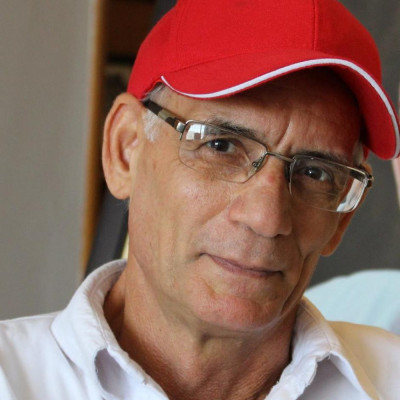 | Ramzi Nari Congratulations dear friend. What a great work! |
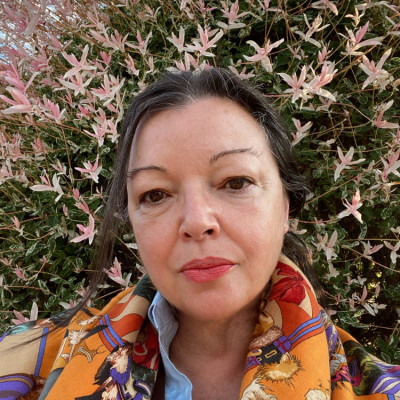 | Ludmila Shumilova PRO Many many thanks, Ramzi! |
 | Viktoria I am in love with your work!! <3 Sending love from Bulgaria |
 | Ludmila Shumilova PRO Thank you so much, dear Victoria, it means a lot! |
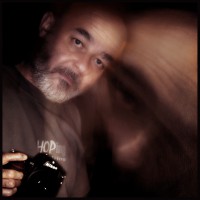 | Milan Malovrh PRO Congratulations Ludmila for fantastic works. I am honored by your mention of my work.
|
 | Ludmila Shumilova PRO Thank you so much, Milan. I love your work and I follow it on facebook too. It is wonderful! |
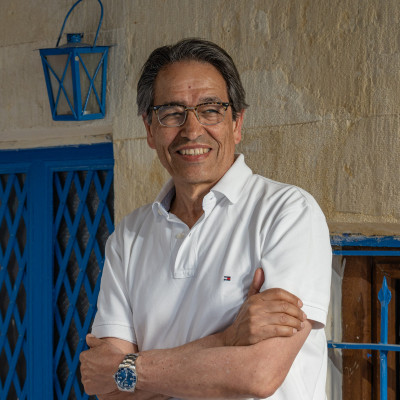 | Francisco Villalpando PRO Very interesting interview. I enjoyed it and and learned new things. Excellent artwork, congratulations and thank you, Ludmila! |
 | Ludmila Shumilova PRO Thank you, Francisco, I am delighted you enjoyed my interview. |
 | Miro Susta CREW Excellent photo artwork Ludmila, and very interesting interview Yvette, appreciation to both of you. |
 | Ludmila Shumilova PRO Many thanks, Miro, your comment means a lot to me. |
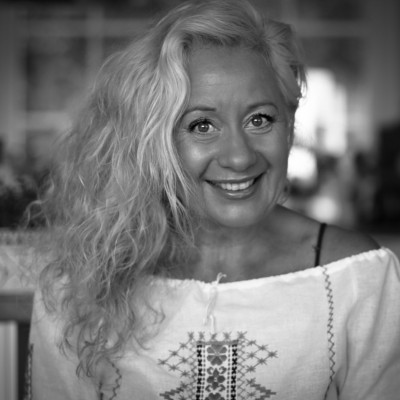 | Helena Adelmann PRO Amazing, beautiful and very delicate. Makes me think of embroidery from Brussels, the way you achieve the most perfect harmony between the portraits and the flowers. |
 | Ludmila Shumilova PRO Thank you so much, Helena for your appreciation and the keen observation. There is a long tradition in the history of arts to associate feminine portraits and flowers based on different ideas - religious, philosophical. However in modern times I see it as an idea of harmony, balance and lace-like intricate beauty between the feminine and nature's perpetual renewal... |
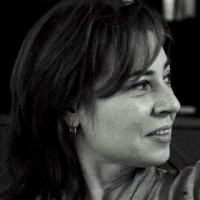 | Inci Koyuncu PRO çok güzel bir makale ve çok güzel çalışmalar.... tebrikler ve teşekkürler... :) |
 | Ludmila Shumilova PRO çok teşekkür ederim! |
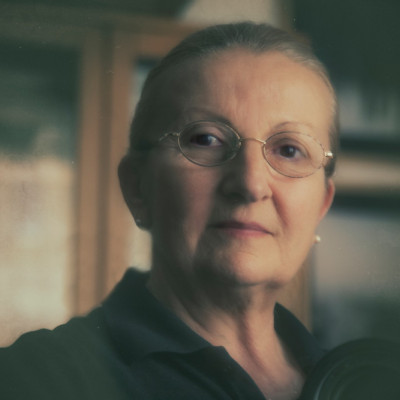 | Zsoka Lorincz PRO Very emotional, special, unique creations. Thank you Yvett for seeing me this way. Congratulations Ludmilla ! |
 | Ludmila Shumilova PRO Thank you so much, Zsoka. |
 | Yvette Depaepe CREW Thank you, Zsoka ;-) |
 | Fabrizio Massetti PRO Thank you so much Yvette for this great article.
Congratulations to Ludmila Shumilova for these fantastic works! |
 | Ludmila Shumilova PRO Thank you so much, Fabrizio, I really appreciate your words. |
 | Yvette Depaepe CREW All honour goes to Ludmila and the pleasure to put her in the spotlights to me ;-) |
 | Ramzi Nari How great! Congratulations |
 | Ludmila Shumilova PRO Many thanks, Ramzi! |
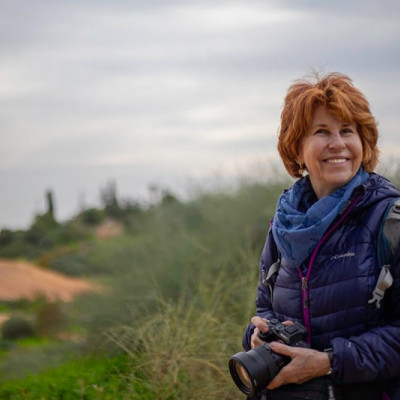 | Gabrielle Halperin PRO I really love your work dear Ludmila, it is so delicate and strong at the same time! Thank you for sharing and thank you Yvette for letting me discover this amazing artist! |
 | Ludmila Shumilova PRO Much appreciated comment, Gabrielle. I am glad for this opportunity to share my work. Thank you. |
 | Yvette Depaepe CREW My pleasure, Gaby !!! A more than deserved feature for Ludmila ;-) |
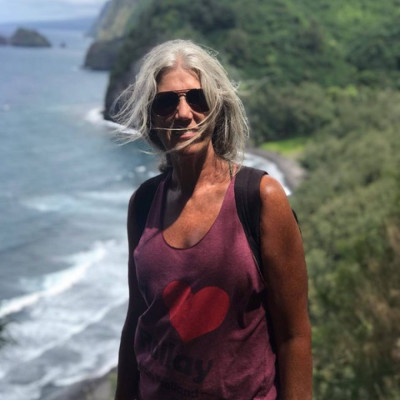 | Debbie Hunt Ive never seen anything so beautiful! Im in awe of your work |
 | Ludmila Shumilova PRO Thank you so much, Debbie. Your appreciation means a lot! |
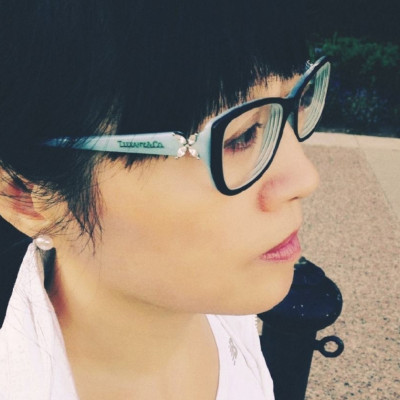 | Yanyan Gong PRO Thank you very much for this beautiful article and the collection of amazing work! |
 | Ludmila Shumilova PRO Very grateful for your comment! |
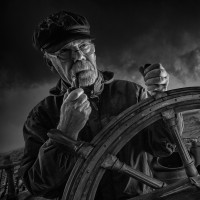 | Adrian Donoghue PRO lovely work! |
 | Ludmila Shumilova PRO Thank you, Adrian |
 | Ludmila Shumilova PRO Many thanks, Yvette for this interview. I feel honoured and grateful. |
 | Yvette Depaepe CREW Congratulations, dear Ludmila. It was a pleasure to interview you and to know more about the person hidden beyond her work. Cheers, Yvette |